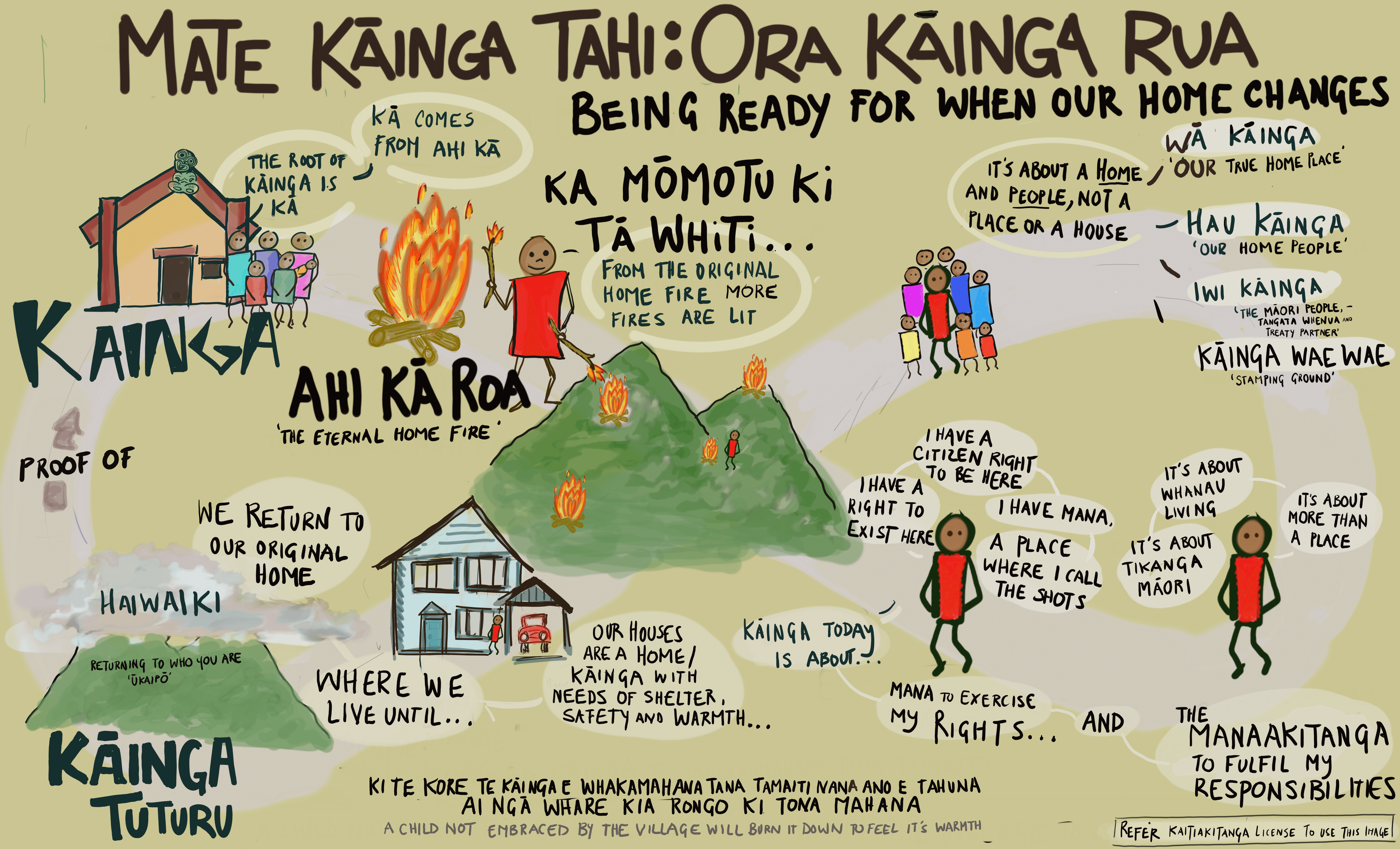Discovery using Māori lens overturns key assumption on renting a property
How deeper exploration of an issue, employing cross-agency teams – along with alternative lenses – resulted in a total turnaround in understanding the key influencer in the property rental experience.
What happened
The Renting a Property Discovery was the first life event work where the Lab applied wellbeing frameworks to inform development of potential government services.
The Service Innovation Working Group SIWG authorised a small cross-agency team to explore ‘Renting a Property’ as a life event from a holistic, all-of-government perspective. This life event was chosen because renting had increased from 23% in 1991 to 33% in 2016. Many rentals don’t support their occupants well when compared with owner-occupied houses:
- 31% of rental houses feel damp, compared to 11% of owner- occupied houses
- 22% of rental homes have no fixed heating sources
- 56% of rental homes had visible mould, compared to 44% of owner-occupied houses
In mid-2018, the team ran a short two-part Discovery that explored landlord-tenant relationships. Their starting point was the hypothesis that a better rental house will result in a better relationship between tenant and landlord. The aim was to find out more about the relationships and the house itself.
This was essentially a fact-finding mission as a foundation for future work. Significant research had already been undertaken. The team built on this by reviewing over 48 documents that provided insights into renting from landlord, property manager and tenant perspectives, and conducted in-depth interviews with 60 stakeholders.
Who was involved
- Ministry of Business, Innovation and Employment (MBIE)
- Housing New Zealand (HNZ)
- Work and Income NZ (WINZ)
- Service Innovation Lab
What was learned
The team validated its original design statement by the end of week three, but with a twist: they discovered it was actually better relationships that influence the quality of the homes. Tenants who had good relationships were less likely to go into dispute with their landlords, more likely to raise issues, and see improvements, and this in turn would improve the quality of the property.
The power of…
- Deep investigation to really explore the problem before moving too fast to look for a solution
- The value of cross-agency teams bringing different perspectives (also powerful element in the Better Rules work)
- Listening directly to the customer voice
- Using a different lens to bring fresh a view of a problem
What was delivered
The findings were used by MBIE’s Tenancy Services to inform::
- Design and development of a possible Tenancy Agreement Builder – direct outcome/concept from the Discovery, supported by the evidence gathered.
- Tenancy Bond Strategy – informing further research into the strategic role and direction of the Tenancy Bond.
- Healthy Homes Standards campaign strategy – feeding into research for the strategic direction of public engagement with the Healthy Homes Standards
- Multiple stakeholder engagement strategies with various audiences (e.g. Property Managers; Māori; etc.)
- Looking into the viability of setting up online training modules that support Tenants, Landlords and Property Managers
- A primer for new staff, and to raise awareness of the importance of relationships, behaviour change, tenant fear and other problems in the market.
Where to from here
The scope of this research was seen as quite narrow; it kept throwing up issues such as housing affordability and lack of housing stock. The research remains available as a foundation for more comprehensive exploration of this topic in future.
The value of incorporating a Māori cultural lens
The incorporation of a Māori wellbeing lens led to an aligned piece of research into Kainga as home has a far richer significance for Māori. The concept can be linked to being prepared for when your living circumstances change, given Māori are less likely to own their own home.
Kāinga has transformed as many families / whānau have moved from rural to urban settings, so kāinga for many now would be a 2-3 bedroom home on an urban section. It is also connected to the holistic concept of whānau – family providing shelter, warmth and an opportunity to nurture potential.
Many of the project team were from the agencies involved in administering state housing. It was the kainga work that placed the importance on a home rather than a house, alongside the relationships required for a positive rental experience.
During interviews, using the Māori cultural lens was what led to the discovery that positive relationships between the landlord and tenant had a direct connection to healthier homes, even if the home was unhealthy to start with.
- DIA senior advisor Tiopira Piripi who developed the Kāinga work stream.
“As they started this work they soon discovered 40 per cent of their customers were Māori so understanding kāinga was therefore essential to the work. It really opened their eyes and had quite a profound effect on some.”


